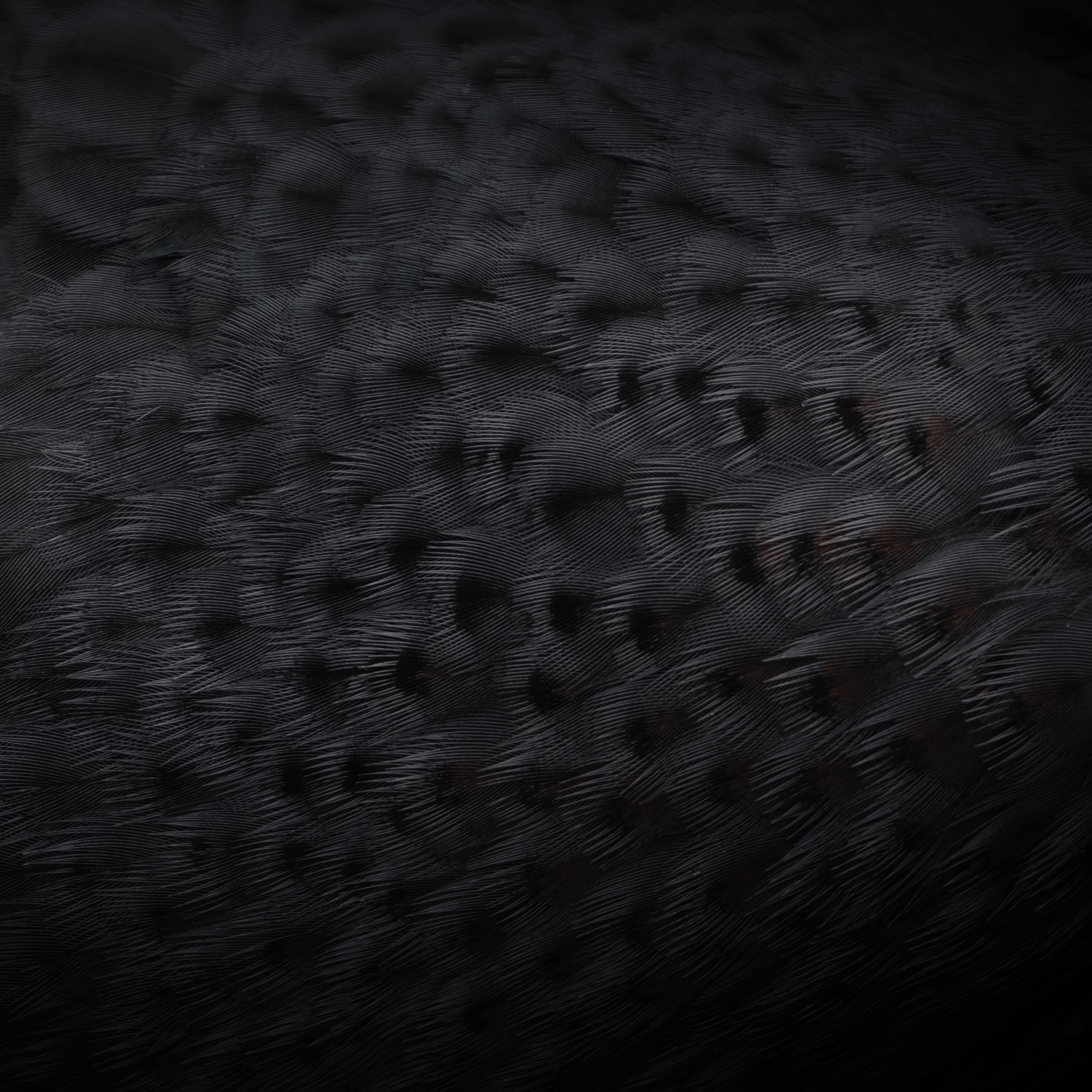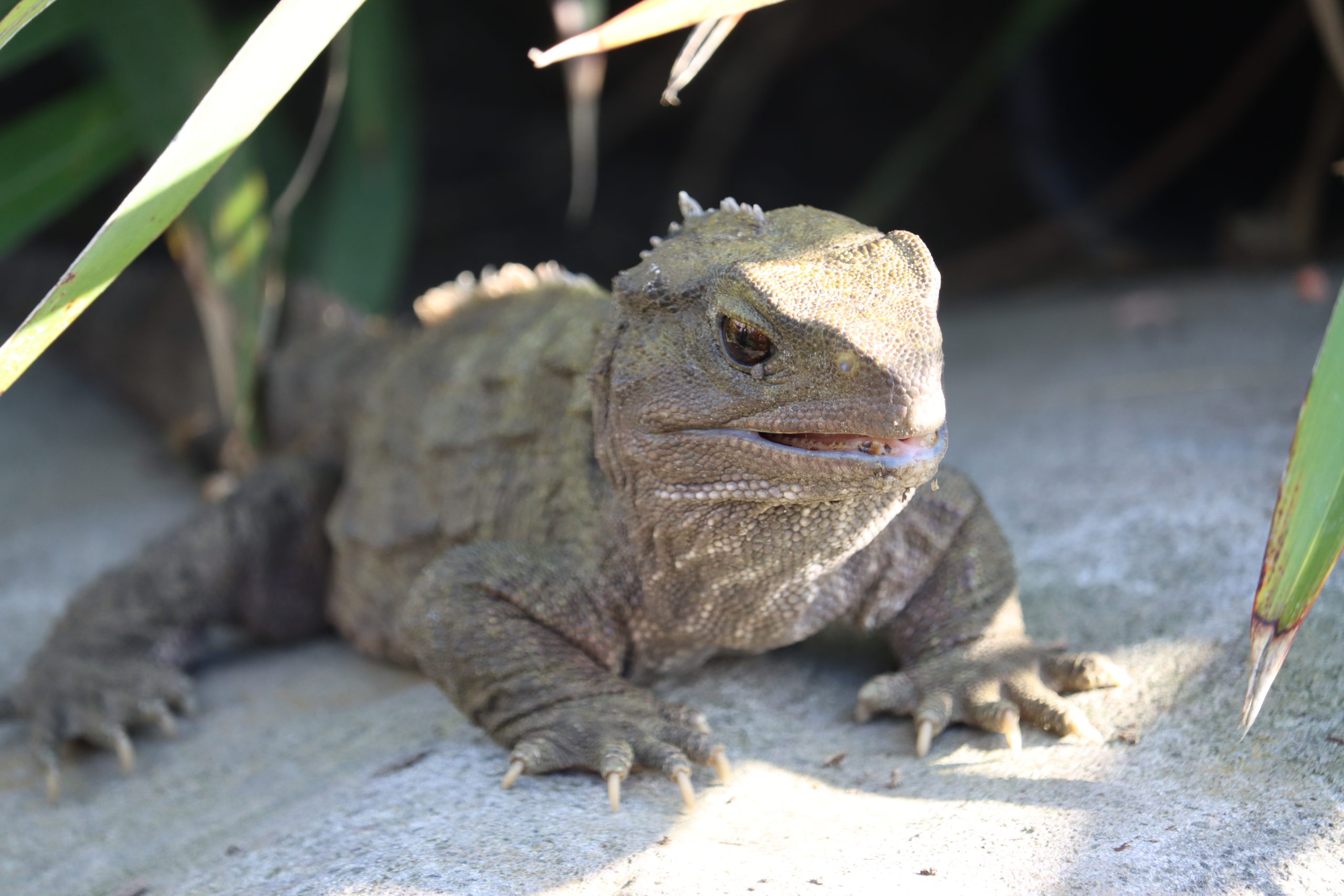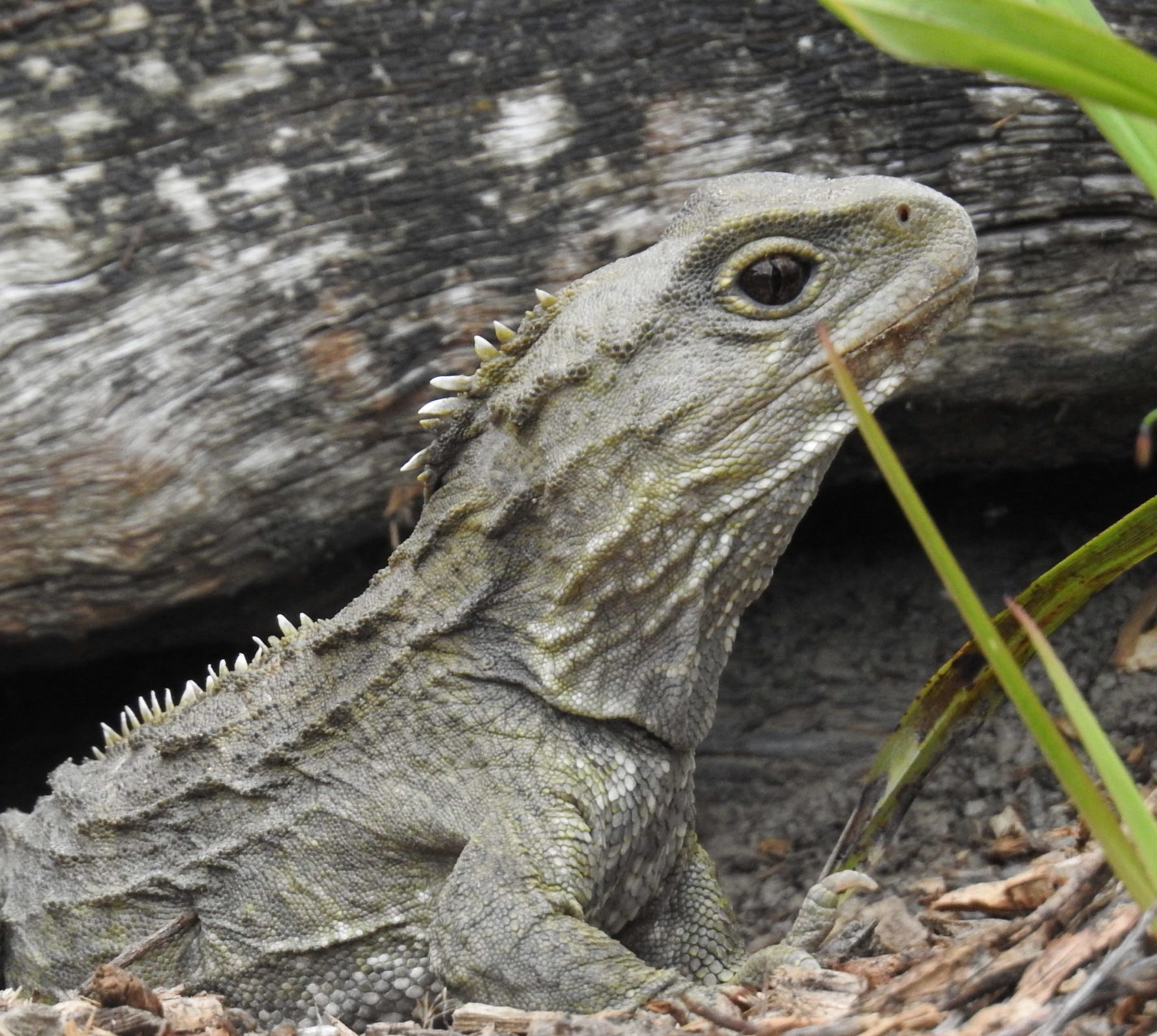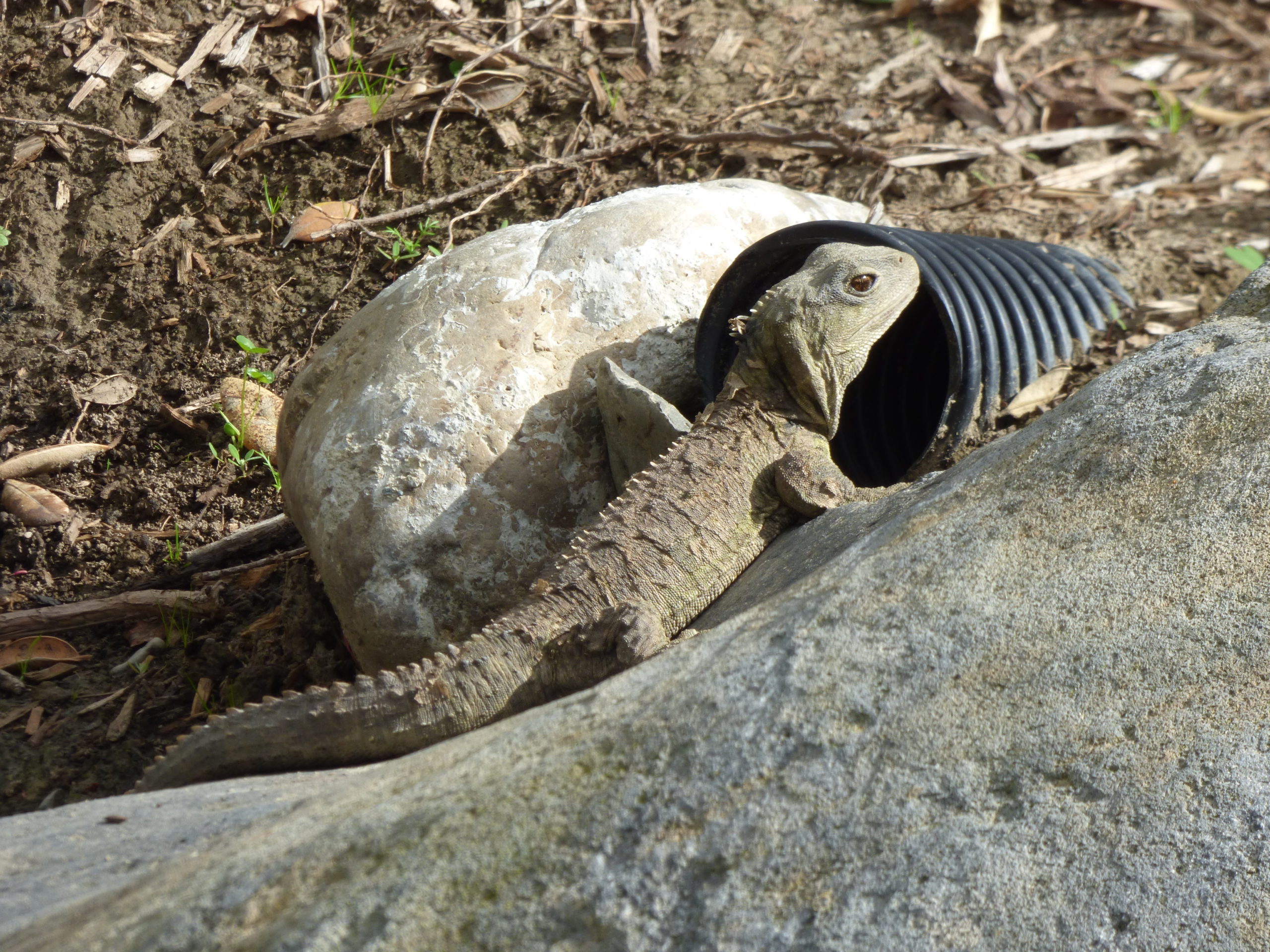Nō Takapourewa i te raki o Te Waipounamu, he mea takoha mai e Ngāti Koata hei tiaki mā mātou i konei.
Kei a Ngāti Koata ki Takapourewa te mana kaitiaki i a Tuatara, otirā he kaitiaki hoki a Tuatara i a Ngāti Koata.
Kei Takapourewa te taupori tuatara nui rawa atu o te ao. Ehara i te whakataunga māmā kia nukua he tuatara ki wāhi kē, ina e mōhio ana a Ngāti Koata e kore ngā uri o aua tuatara e whakahokia ki tō rātou ipukarea.
‘E koa ana a Ngāti Koata kia noho mai ngā tuatara puiaki nei ki Te Puni Whakahaumanu o Wildbase, hei whakamiharo, hei whakamaioha mā te tini.’
I ōu wāhi katoa, kei reira hoki ahau.
Ina toro mai koe i te takurua e moe hōtoke ana a Tuatara.



